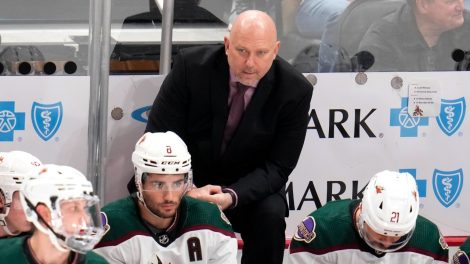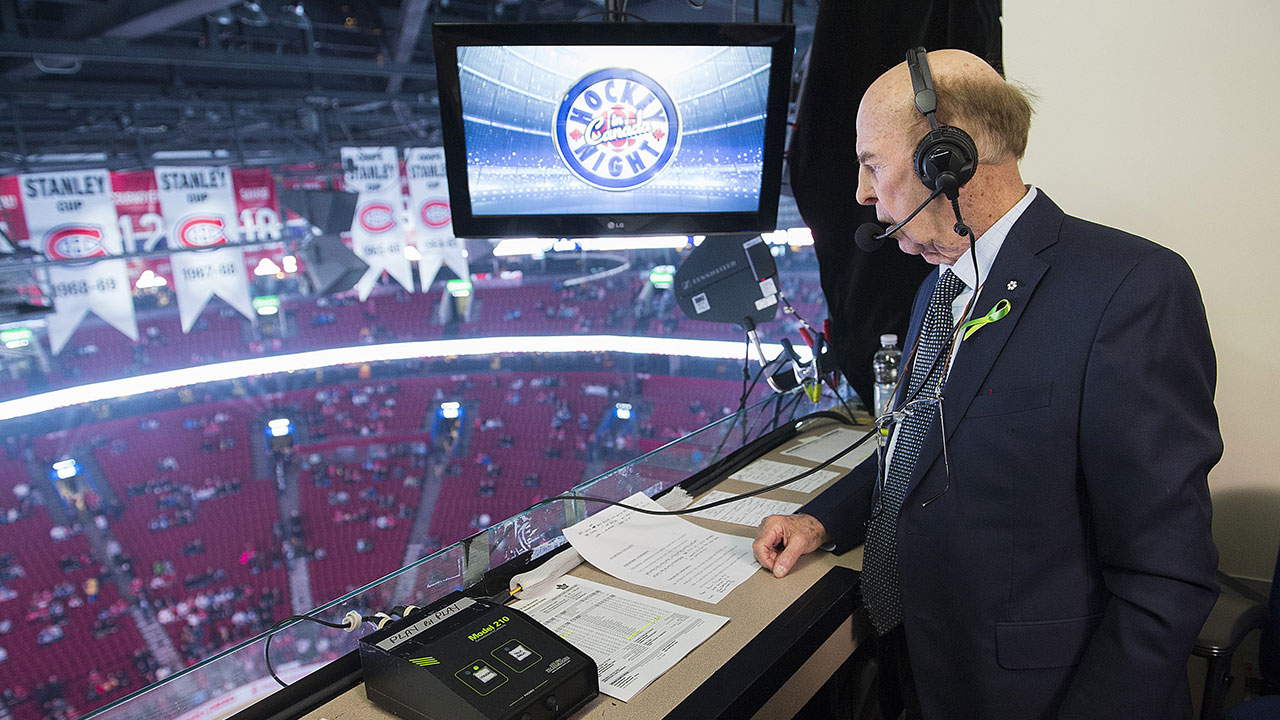The Nashville Predators are an incredible 7-1 in the 2017 Stanley Cup Playoffs, and while they were clearly better than their seeding as the second wild card in the West — I picked them as my dark horse Stanley Cup contender after all — it’s fair to say no one expected this level of success.
After sweeping the Chicago Blackhawks, the Predators are now up 3-1 on the St. Louis Blues, whose only win came in a game in which they were awarded all the power plays and were woefully outplayed at even strength.
So far this post-season, no one has been able to find a solution to combat the Predators’ combination of overall puck possession and far superior shot quality. While the Predators have the second-best score-adjusted Corsi of teams remaining in the playoffs at 52.88%, that doesn’t accurately portray their dominance at even strength.
Looking at the Predators’ share of plays that create great scoring opportunities, it’s easy to see why they keep winning.
The Predators are an excellent East-West puck movement team, and with injuries to offensive forwards like Kevin Fiala, Craig Smith and Pontus Aberg, they’ve managed to not only continue to dominate the slot area, but to activate their defencemen with big bombs as well.
You could argue that P.K. Subban and Ryan Ellis have been the most effective Predators offensively against the Blues, though they wouldn’t be able to be so effective if Nashville wasn’t forcing Jake Allen to move laterally so often, and keeping him from getting clean looks.
Another reason the Predators are yet again ahead in a series is the constant adjusting by Peter Laviolette to get the best possible matchups. In the two games in St. Louis, Mike Yeo tried to keep the Vladimir Tarasenko line away from the pairing of Subban and Mattias Ekholm, and Tarasenko was able to tilt the ice pretty strongly against Ellis and Roman Josi, but with last change, Laviolette took that away in Nashville.
In Nashville, whenever Tarasenko was on the ice, he faced down Subban and Ekholm a shocking 80.74 per cent of the time, and the pairing effectively neutralized his line, severely cutting down the Blues’ ability to create offence.
This shifting of responsibility to the Subban/Ekholm pairing has also freed up the Josi/Ellis pairing to create more when they’re on the ice, facing weaker opposition, and leading that pairing to a 56.9% Corsi over the last two games after struggling a bit in the first two matchups.
While the last change goes to the Blues as the series shifts back to St. Louis for Game 5, you can expect Laviolette to aggressively pursue these matchups as much as he can with changes off the fly, as the entire team sees a big boost when he does.
The nice advantage to having two pairings that are essentially top pairs on any other NHL team is that you can see which one works best against the opponent’s best line, and match accordingly. It’s not every matchup where Subban and Ekholm will be the best suited to defend against the other team’s top line, so sometimes they’ll alternate, then dominate against the rest of the lineup.
Even with an entire third line of scorers out due to injury, the Predators have too many options for most teams to contain due to their incredible top-four on defence.










